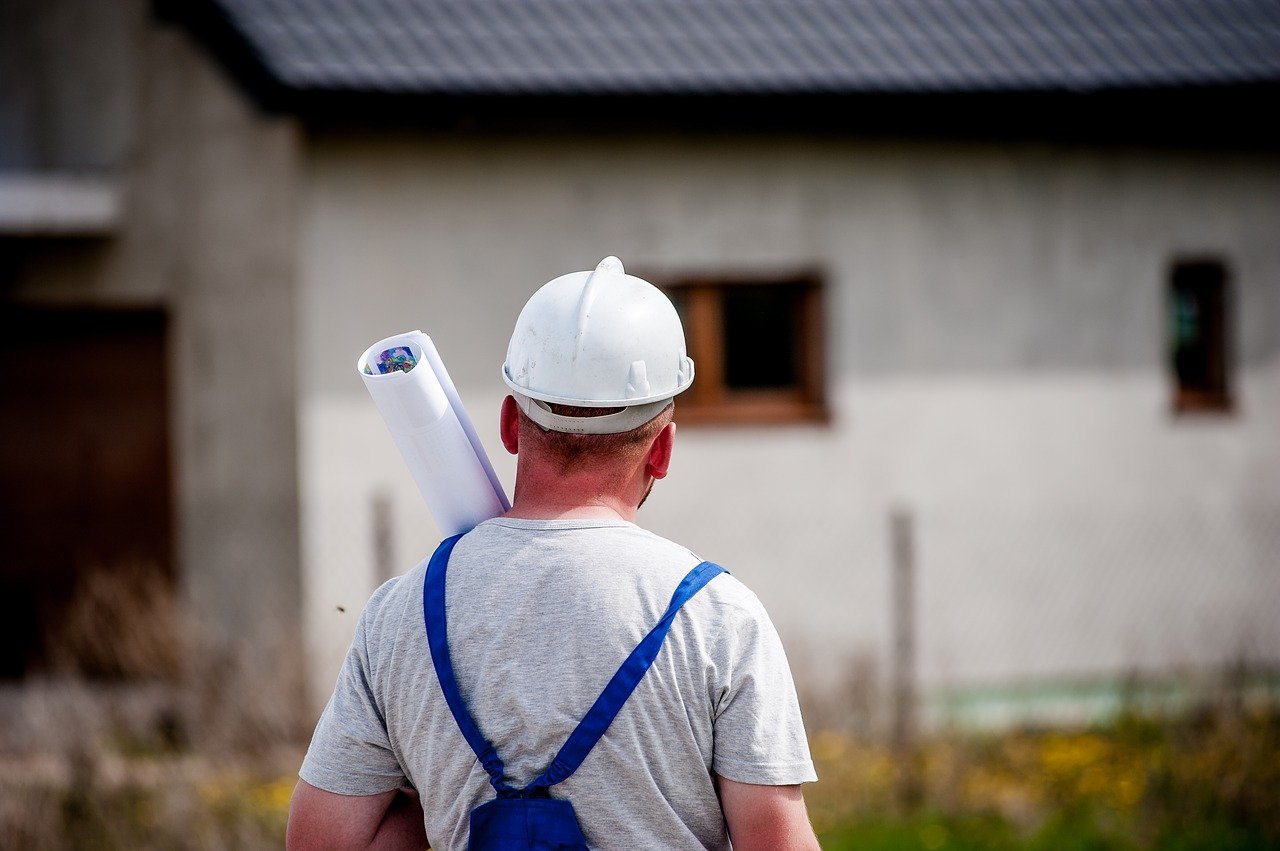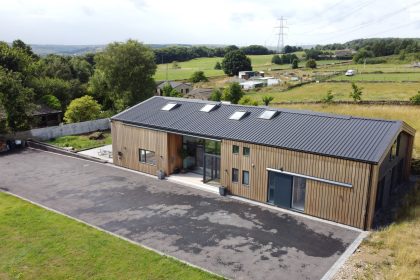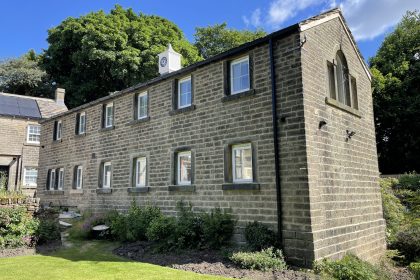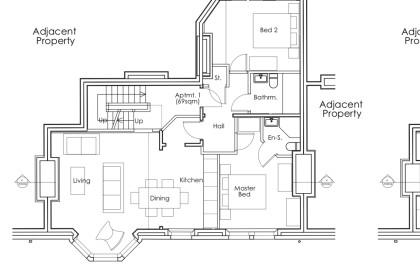 As a developer, suitable building land is hard to come by – especially within popular locations.
As a developer, suitable building land is hard to come by – especially within popular locations.
It’s always worthwhile to have a good strategy when it comes to acquiring land, here’s some tips that may help add value to your approach.
Hands-on approach
Nothing beats walking around your desired locations and seeing what’s out there.
Take pictures, build notes on suitability for each area you may see that may have potential. Try to think out of the box and see through some challenges that some properties/land may present.
In some cases, the perfect development land might be hidden away from roadside view. Try looking at ordnance survey or google maps to really get to grips with your desired location.
Things to look for include:
- Properties with large gardens with space for an additional plot
- Dilapidated properties on a large plot
- Brownfield sites
- Agricultural sites
Many of these potential sites won’t be on the market, so often a face-to-face approach can help to begin negotiations.
Find the right websites
Once you’ve done some research on your desired location(s), it is worthwhile continuing your search through looking online at the local authority’s planning portal to learn more about the sites in question. In addition, the Land Registry website is a good shout to confirm ownerships and boundaries.
Brownfield sites are sites that have or previously had buildings on them and that the Council believe are suitable for future sustainable development. A common assumption of a brownfield site is that it might be an old factory site, however, these sites can include housing, offices, former pubs or shops for example.
There are plenty of “plot finder” websites out there but you will find more unique plots via a more manual approach. In addition, you can reach out to your planning office to find land that already has planning permission.
Other good websites to carry out your search include:
- Rightmove
- Zoopla
- Local Estate Agents
- Property Auctions
Make sure, you have your notifications set up correctly so that you don’t miss a trick, and be prepared to knock on a few doors or make some calls if necessary.
Dig up the planning history
During the research stages, it is beneficial to look at the planning history of the site. You want to be reassured that you can secure planning permission before purchasing the site, or otherwise consider an offer subject to securing approval.
To research the planning history of a site is relatively straightforward. Visit your local planning department’s website and search the planning register. This will give you much of the information that you’re looking for.
You can find out whether an existing property or site is in the process of applying for planning permission, or has had one in place previously. Land and properties destined for sale won’t be always put on the market until the planning application has been approved, so you can sometimes be one step ahead.
In addition, if you notice that the planning application is for outline approval only, there’s a good chance the property will be going up for sale shortly. The reason is that there’s often no need for more detailed drawings if the seller has no plans to build themselves.
The application may also have useful reports attached for reference covering items such as ground investigations, contamination risk, existing trees, flood risk and ecological or environmental characteristics which may impact the development potential.
If you can find an ideal plot that already has consent to build or one that has a great chance of approval or permitted development rights, you may want to jump on it. Most pre-approved plots allow you to start work straight away, subject to complying with any pre-commencement planning conditions.
Estate agents
It might be that you already have a relationship with an estate agent – but are they aware of your current search? Do they know what you are looking for?
Estate agents are a common resource, they tend to be surrounded by a trusted circle of developers and you need to work on being at the top of their list. Having a relationship with an Estate Agent can have mutual benefits so make sure that you show willingness when developing those key relationships. At the end of the day, it’s about networking and proving your worth.
Architects
When seeking out the land for development, you always need to do your due diligence. In some instances, developers may go through all the rigmarole of the buying process only to find that the land isn’t suitable or they aren’t able to secure worthwhile planning permission.
For this reason, before purchasing the land or property, we recommend that you consult a professional architect with experience of obtaining planning permission for such development sites, like ourselves.
In addition, architects such as our team here at Fibre Architects can help guide you through the process, from initial feasibility layouts to detailed design development to ensure that every box is ticked and any issues dealt with along the way. We can also recommend you to our trusted network of consultants, suppliers, and contacts to ensure that any aspect of the process can be addressed at the appropriate time.
Please do get in touch to learn more about ways in which we can help you secure your next development project, or assess one that you are currently considering.
Other routes to consider
- Approach landowners direct, or through your trusted network
- Hire a specialist development agent, or a property expert
- Finding public land – you can find these on the local council’s website







